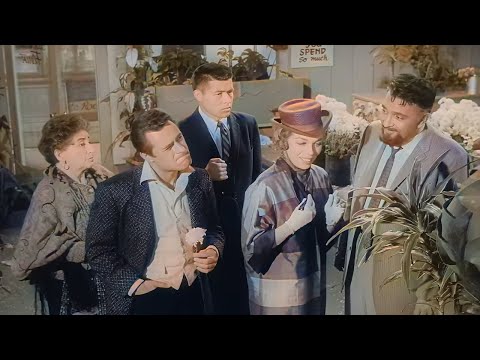
It is 1930, at the height of the Great Depression. The Hardcastle family live in Hankey Park. Mr Hardcastle is a coalminer; his son, Harry, is an apprentice at a local engineering firm and Sally, his daughter, works at a cotton mill.
Mr Hardcastle’s mine is put on a three-day week.
Harry wins £22 on his winning thruppence treble bet. Bookmaker Sam Grundy pays up without any trouble. At his father’s suggestion, he takes his girlfriend Helen to the seaside resort of Blackpool on a holiday.
Harry becomes unemployed when his apprenticeship ends. The family’s plight is made worse by reductions in means tested unemployment benefits (the dole), whilst Helen’s unexpected pregnancy causes further tensions.
Sally is courted by factory worker and Labour Party activist Larry Meath but their marriage plans are put in doubt when Larry loses his job. Larry is fatally injured when he tries to restore calm in a clash with the police during an unemployment march. Sally reluctantly becomes Grundy’s mistress to help keep her unemployed family.
Original title: Love on the Dole (1941)
Directed by John Baxter
Based on the novel by Walter Greenwood
Main cast:
Deborah Kerr – Sally Hardcastle
Clifford Evans – Larry Meath
George Carney – Mr. Hardcastle
Mary Merrall – Mrs. Hardcastle
Geoffrey Hibbert – Harry Hardcastle
Joyce Howard – Helen Hawkins
Frank Cellier – Sam Grundy
Martin Walker – Ned Narkey
Maire O’Neill – Mrs. Dorbell
Iris Vandeleur – Mrs. Nattle
Marie Ault – Mrs. Jike
Marjorie Rhodes – Mrs. Bull
Terry Conlin – Ted Munter (uncredited)
Jordan Lawrence – Sam Hardie (uncredited)
Muriel George – Landlady (uncredited)
Ben Williams – Factory Worker (uncredited)
Kenneth Griffith – Harry’s Pal in Billiard Hall (uncredited)
John Slater – Agitator on Demonstration (uncredited)
Film History 101: This film is a landmark in British cinema for the unflinching, realistic portrayal of working-class poverty and social unrest during the Great Depression, and was initially banned from production by the British Board of Film Censors (BBFC) in 1936. Called it "a very sordid story in very sordid surroundings" and considered it "dangerous." The film was only approved and released 5 years later in 1941, after social attitudes had shifted during World War II. Additionally, it was banned in Australia by the Chief Commonwealth Film Censor, with no official reason given for the ban.











